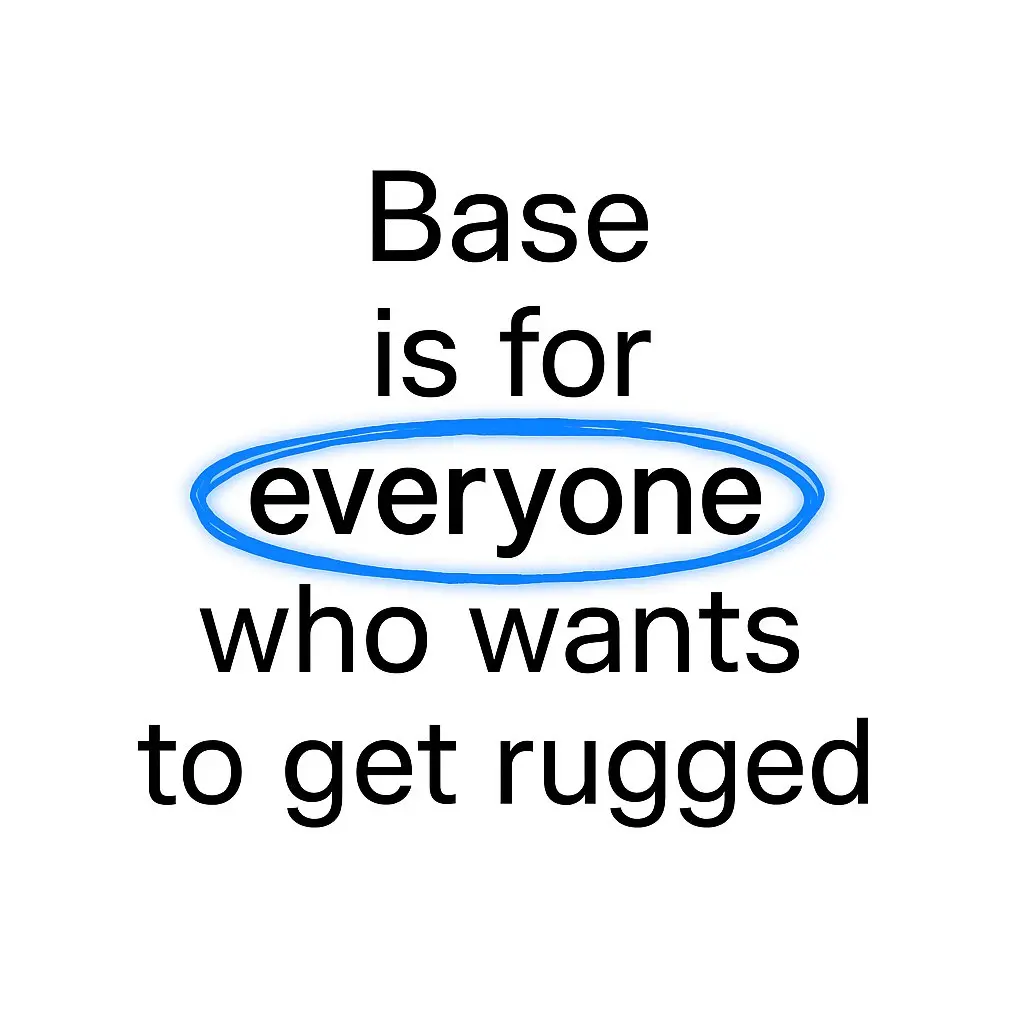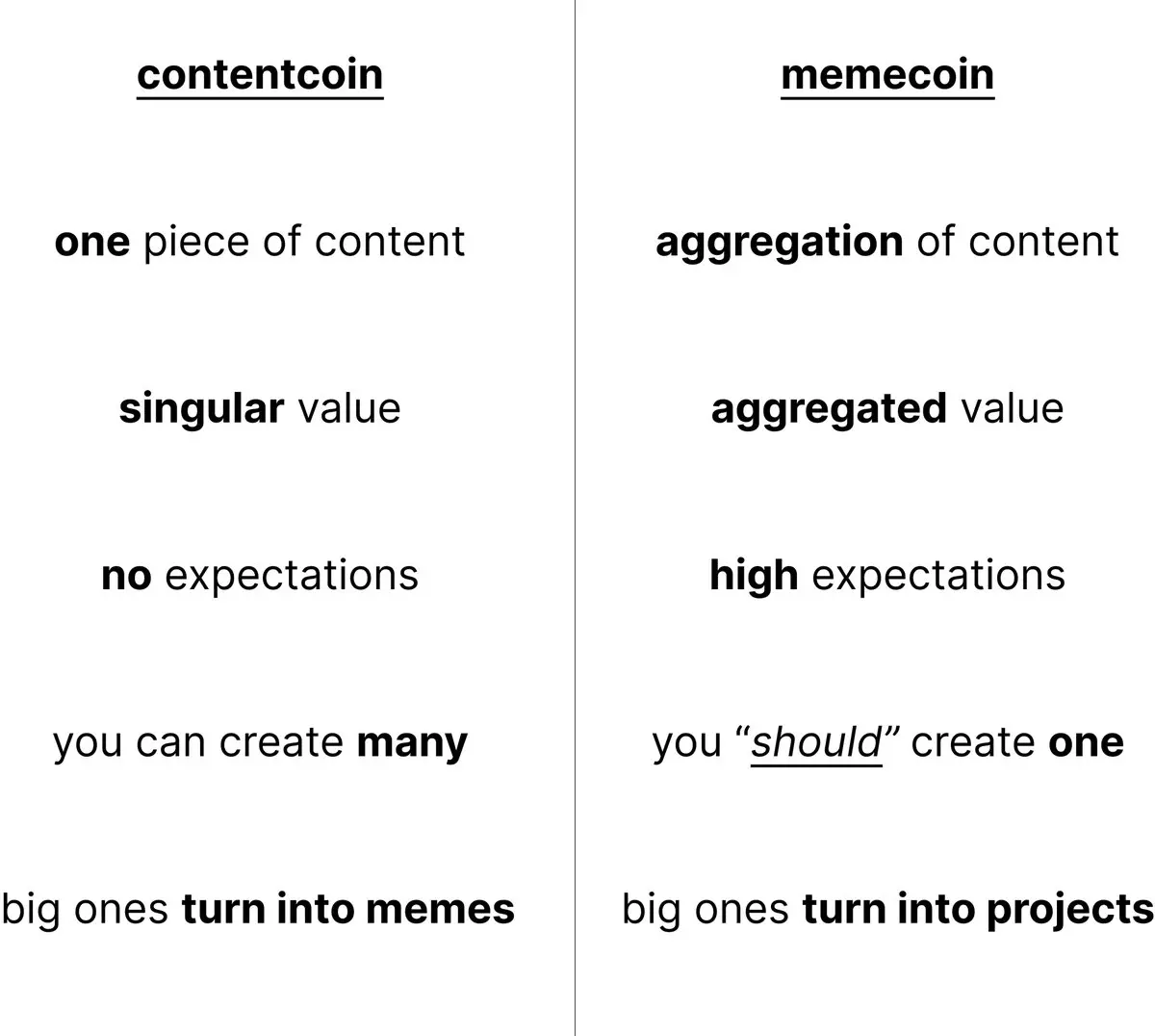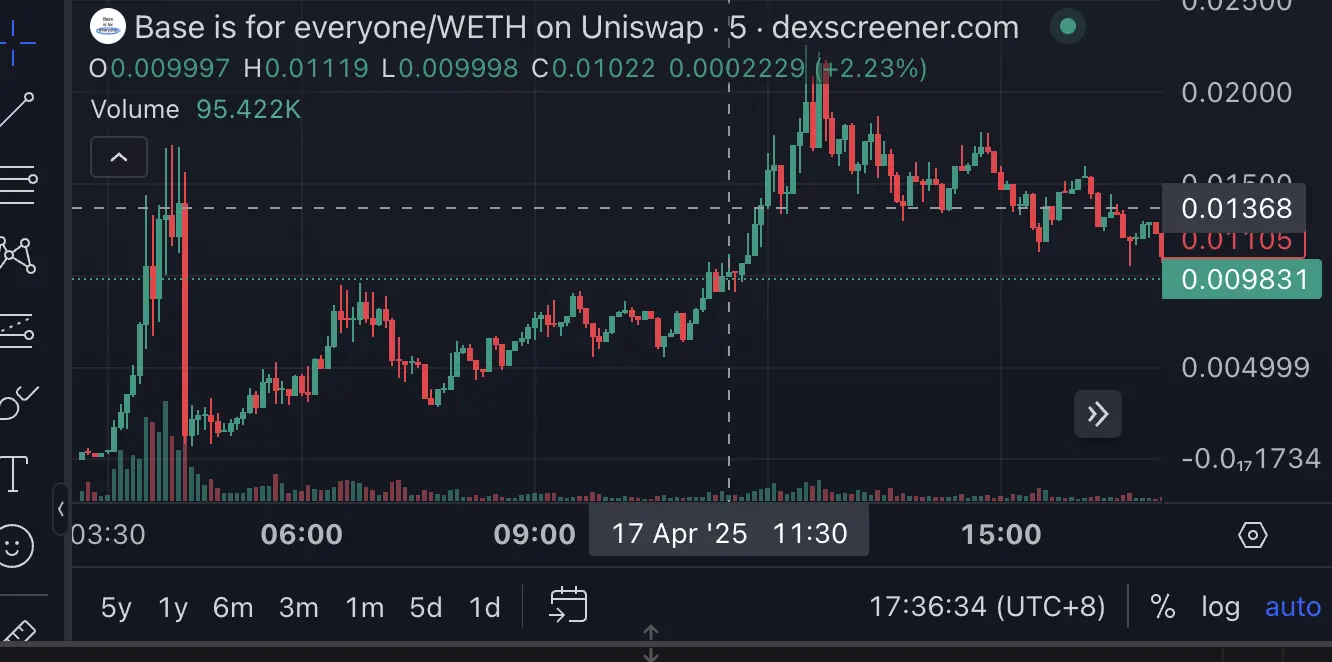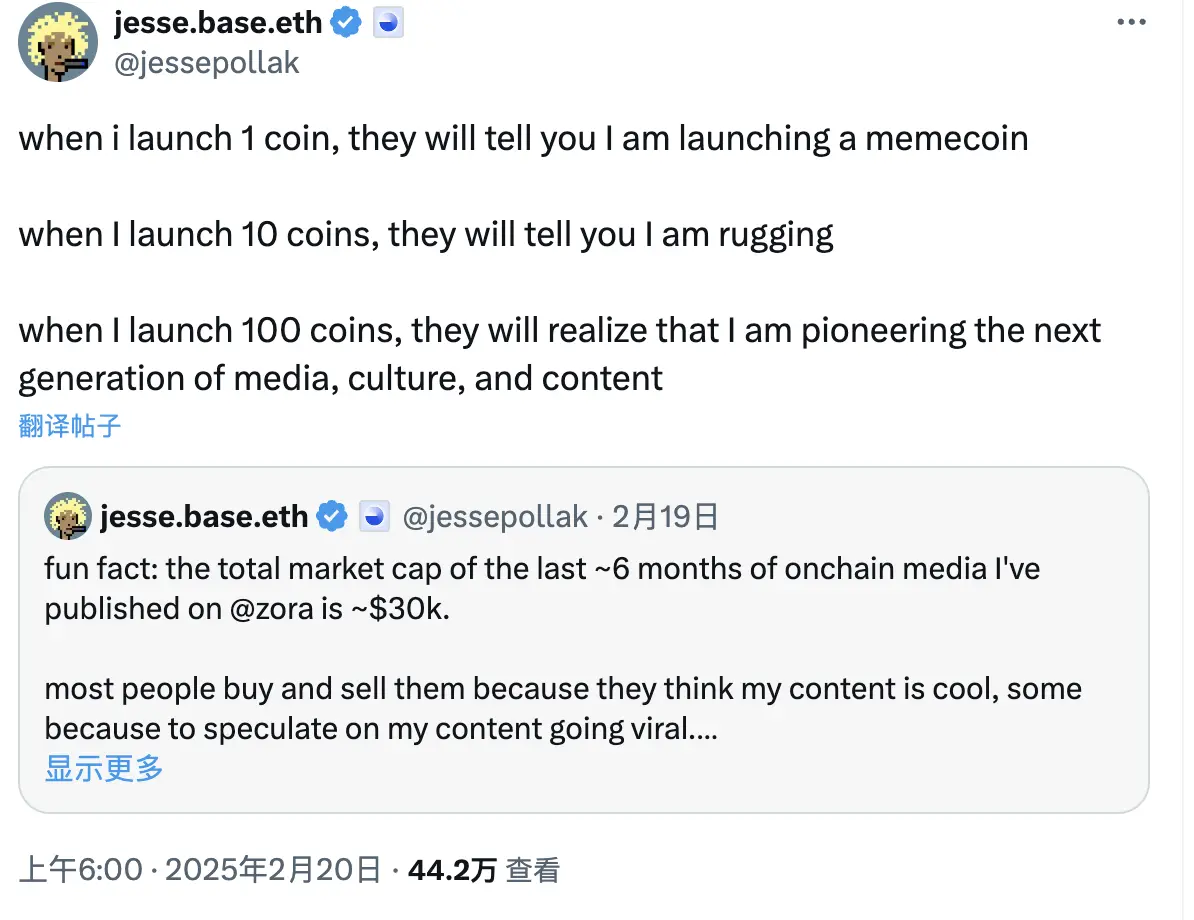After Base's official tweet overturned, Zora won
Author: Nian Qing, ChainCatcher
At 3:12 a.m. on April 17, Base officially released the "Base is for everyone" token on the Zora platform, because of the official endorsement and the forwarding of Jesse, the head of the Base protocol, many people mistakenly thought that Base officially released Memecoin, and some community members even misjudged it as Base coining.
Fomo sentiment quickly sent the market cap of "Base is for everyone" soaring to $17 million. But soon, around 4:30, the market took a sharp turn, and with some early sniper glove positions, the token price fell rapidly, and the market value fell from more than $10 million to more than $1 million in just 5 minutes, a drop of 90% at one point.
At the same time, Base officially released a token called "Base @ FarCon 2025" on the Zora platform and tweeted to promote it, which accelerated the decline of the "Base is for everyone" token. The Memecoin blocker quickly moved to a new battleground, and the market cap of the "Base @ FarCon 2025" token quickly rose to about $900,000, but it quickly retreated.
The continuous "riotous operation" has caused dissatisfaction in the community, and many players have accused "BaseRug for Everyone, the official tweet keeps sending junk tokens and then Rug."

Base officially issued a post explaining that the two tokens "Base is for everyone" and "Base @ FarCon 2025" were released on Zora to encourage content to be put on the chain and promote the development of on-chain culture. It also emphasizes that Base has never sold the relevant tokens, and these representatives are not the official network tokens of Base, Coinbase, or any other related products.
Subsequently, Jesse also tweeted the difference between contentcoin and memecoin, and put the relevant tweets on the chain on Zora. He also published a long article explaining contentcoin - the content token is to convey the concept of "coin is content, content is coin", so that creators can more widely disseminate content and earn transaction fees through content coins, and own part of the token, which is a fair market-based valuation method.

Although the community didn't buy in on the response from Base and jesse, the outcome of this farce didn't seem to be a complete overturn, and Zora's outing was real.
Theprice of the "Base is for everyone" token even broke through the pre-"Rug" high at 12:30 noon today, rising more than 10 times from $0.002 and breaking through $0.02. The market capitalization will also return to above $10 million. Some of Base's previously released tokens through the Zora platform are even up more than 20% today.

Who is responsible for the fall of the token?
Today is not the first time Base has "rolled over". Community members said that the tokens that had previously participated in Base's official tweet and forwarded by team members had fallen sharply, and accused it of "killing and buriing" and "only issuing coins and not pulling plates".
For example, on March 14, Base officially minted the fourth issue of the ETH Investor Club Quarterly on Zora and tokenized it as "EIC04". At one point, the market capitalization of EIC04 exceeded $1 million, but it soon fell to less than $10,000. So far, there are still investors who have defended their rights under the recommendation of the Base official.
Jesse, the official base tweeter and head of the protocol, has frequently released tokens on the Zora platform since last year, and has promoted them on official social media several times. Base has a total of 27 "content coins" published on the Zora homepage. Although in their own words, the content is on the chain, but some investors who do not know the truth are easily attracted by the official endorsement of Memecoin, coupled with the existence of some new coin sniper bots on the Memecoin platform, the content coin officially released by Base on Zora is easy to be blocked, and then rug pull the disk appears.
Therefore, in today's "Base is for everyone" token incident, many people accused Base of frequently releasing junk assets. But to be fair, the core of this situation is the cognitive gap between the Base team and the P team, who mistakenly takes content coin for memecoin.
Including the "Coined it" phrase that caused FOMO sentiment and association from the Base team, it has actually been said many times, which is the core concept of Base and Zora - everything can be on the chain/Just coin it.
This incident can even be described as a premeditated plan by the Base team.

jesse tweeted in February: "When I launch 1 coin, they tell you that I am launching a memecoin; When I launch 10 coins, they'll tell you I'm in RUG; When I launch 100 coins, they realize that I'm pioneering the next generation of media, culture, and content.
That's why Jesse was teased today, "Can we capture @jessepollak resignation letter and put it on chain?" "You should write a fake one and coin it on @zora" - after sending coins so many times, this time the publicity is finally in place.
When content coin emerges as a new concept, it does require ongoing user education. But this cost should not be paid for by retail investors. On the premise of knowing that there is FOMO sentiment in the market, as an official account, it is better to inform in advance and continuously that "this token is just an experiment", rather than explaining after retail investors are injured. Base obviously needs to do more to avoid it, prevent sniping, educate users through KOLs and a larger spread, etc.
At the end of the farce, Zora won the Base,
and the official and team members have recently frequently posted content on Zora, pointing to Zora, which is about to issue coins on Base.
Zora is an NFT marketplace and on-chain social platform based on Ethereum and Base. In early March, Zora plans to launch ZORA, a token based on Ethereum's Layer 2 network Base. Zora said the token is "for entertainment only" and does not give holders governance rights.
Zora is one of the main projects in the Base ecosystem. In May 2022, Zora raised $50 million in funding, led by Haun Ventures, with participation from Coinbase Ventures, Kindred Ventures, and others, valuing the company at $600 million. Jacob Horne, co-founder of the Zora team, is a former product manager at Coinbase, and co-founder and CTO Tyson Battistella was previously a software development engineer at Coinbase, where he was responsible for creating Coinbase Commerce. Zora and the Base team are very close, and Jesse is one of the main spokespeople for Zora.
In addition, the product concept promoted by Zora is very much in line with the jesse aesthetic. Zora strives to be an on-chain social network, where every post is a memecoin. Jesse said in October that one of the three products he would most like people to build on Base is on-chain social media and creator tools. He believes that NFTs should disappear and be replaced by "on-chain media", "on-chain music", "on-chain video", etc. Last year, the trailer for the Vitalik: Ethereum Story documentary was released as Zora Mint.
In March last year, Zora also released the ERC-20z standard, which aims to provide an extremely liquid secondary market for its open-ended NFTs. The Zora protocol takes a cut of minting revenue, which is used to automatically deploy liquidity tokens (LPs) after the mint ends. All NFTs in this format can be traded instantly on decentralized exchanges, eliminating the need to create separate wrappers or index contracts.
This token standard breaks the boundaries between NFT and Token, and improves the liquidity of NFTs that were originally in the form of pictures, videos, and GIFs. But there are also some flaws. In August last year, on-chain detective ZachXBT minted part of ZachXBT's latest investigation report into an ERC-20z token on Zora, which he thought would eventually be presented in the form of an NFT digital collection, but he didn't expect the token to automatically create a liquidity pool using the Zora protocol, which subsequently triggered fomo behavior among retail investors. The token's market cap retreated after surging to $14 million and sparked controversy. The ZachXBT response was not intended to allow people to speculate on the report.
This is also why content coin can be mistaken for Memecoin. In addition, because the token issuer cannot organize blocking bots and control liquidity, it is difficult to control the situation once FOMO appears.
